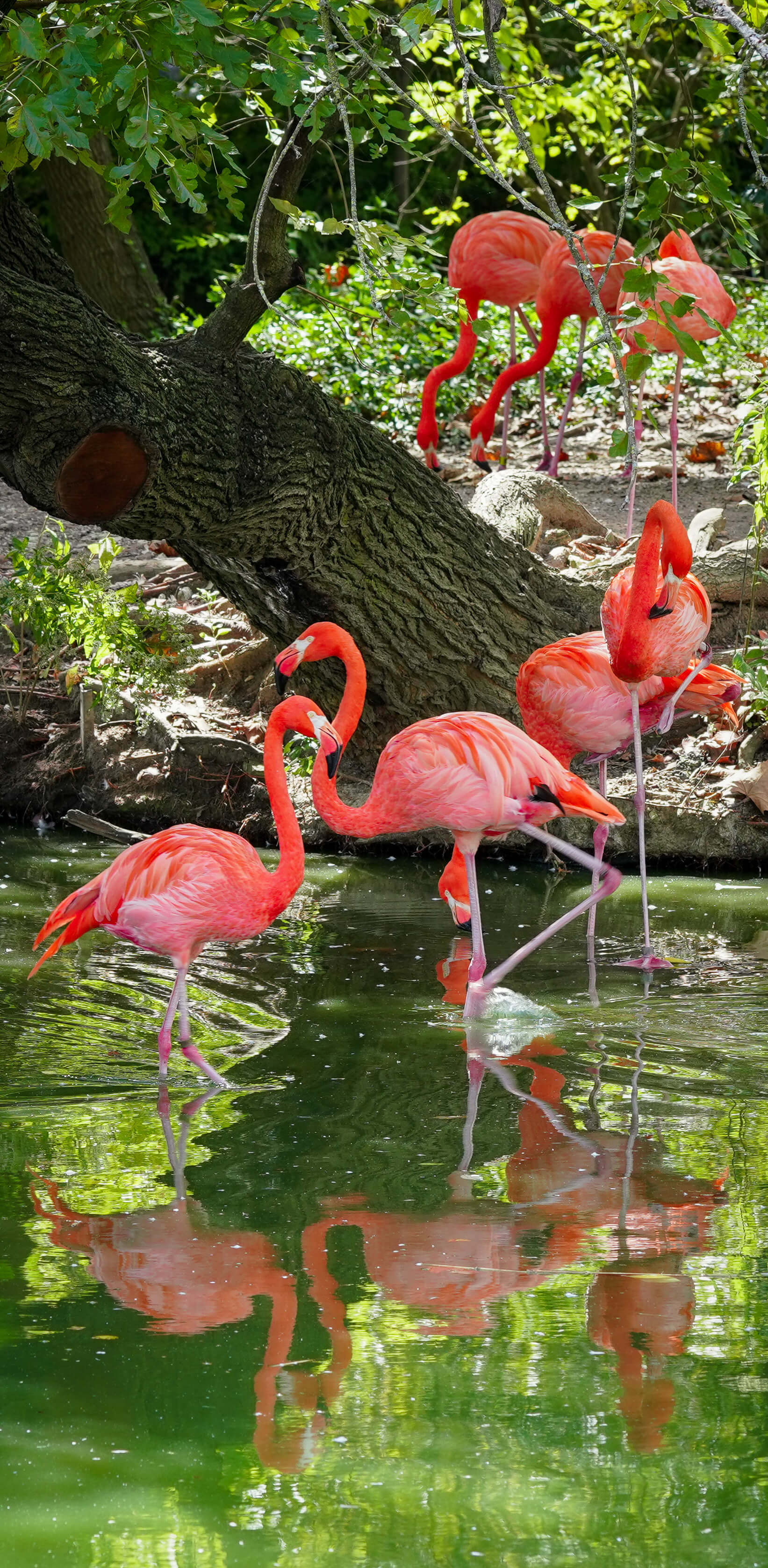
The fascination with the afterlife as a continuation of our personal existence is constant across cultures. Since the beginning of time, people have been imagining ways of prolonging life and have created rituals to express the unknown of death.
Many may remember hearing about the “Fountain of Youth,” which promised to grant long life to anyone who would either drink its water or bathe in it. Whether in the “old” or “new” world, the legend of this fountain was sure to capture everyone’s imagination, and even sent some on adventurous journeys in search of its restorative powers.
In a scientific sense, we aspire to use the best of our medical and technological advances to enrich the quality and duration of life. More than ever, medical and scientific developments not only remedy many detrimental illnesses and conditions but also assist in extending life.
The same holds true when we examine our ordinary rhythm of life. Outside of these mythical musings and scientific wonders, our personal and social stories reveal human beings desiring the extension of their lives through the memories and thoughts of those who follow them. We go to great lengths to ensure that family memoirs, values and heirlooms are passed on from generation to generation.
We can even note that nature itself conspires in this rhythmic and cyclical sense of life. Our natural seasons lend themselves to creative connections and interpretations that help us cope with the different transitions that come our way. We see winter, fall, spring and summer as distinct moments, providing us with an array of corresponding sentiments and behaviors. For many in the Western hemisphere, for example, the fall and winter season is a time of harvesting and pruning, while spring and summer become a time for new life and fresh beginnings.
In our Catholic traditional practices, too, we have found ways to manage and give meaning to the transitions in our lives, especially those associated with life and death. In ancient writings, we hear of there being a time for everything. “For everything there is a season, and a time for every matter under the heaven: a time to be born, and a time to die; a time to plant, and a time to pluck up what is planted…a time to weep, and a time to laugh; a time to mourn and a time to dance” (Ecclesiastes 3: 1-8).
Furthermore, rituals of remembrance often accompany these distinct moments or seasons, helping us mark our religious sense of time. For Catholics, these celebrations include traditions such as the Día de los Muertos (“Day of the Dead”) or All Souls Day, commemorating all those who have died; and the celebration of All Saints Day, honoring the memory and lives of holy men and women who have gone before us.
I suspect that our fascination with life and the beyond will continue to unfold and find endless directions — mythical, scientific and religious — guiding us along the path. Like previous generations, our walk will no doubt include a mixture of skepticism and cynicism. Yet, like many before us, we also can affirm our faith in the midst of uncertainty (Matthew 24:36). The fullness of life is already before us. “The thief comes only to kill and destroy. I came that they may have life, and have it abundantly” (John 10:10). Far from any mythical fountain of youth, ours is a faith in the living waters that flow generously. “The water that I will give will become in them a spring of water gushing up to eternal life” (John 4: 14-15). May this season find us ready to share this living water freely with those around us.
F. Javier Orozco
First published October 24, 2019 in the St. Louis Review
